VW Beetle Heater Problems
When compared to modern cars, the heating system on air-cooled Volkswagens might seem a bit antiquated, a criticism fuelled by the fact that it’s seldom working at its full potential. Yet when it was conceived all those years ago it was relatively up to date – and if everything is in place as Volkswagen intended, it’s actually very effective…
Sadly, what tends to happen as a car passes through various different owners throughout its life, is that the system either isn’t kept how it should be or it gets damaged. This means the heating often doesn’t operate at all, never mind at full efficiency, which is why people assume the heating is terrible! So here are the 5 most common problem areas and some possible remedies to get your air-cooled VW’s cabin roasting hot again…
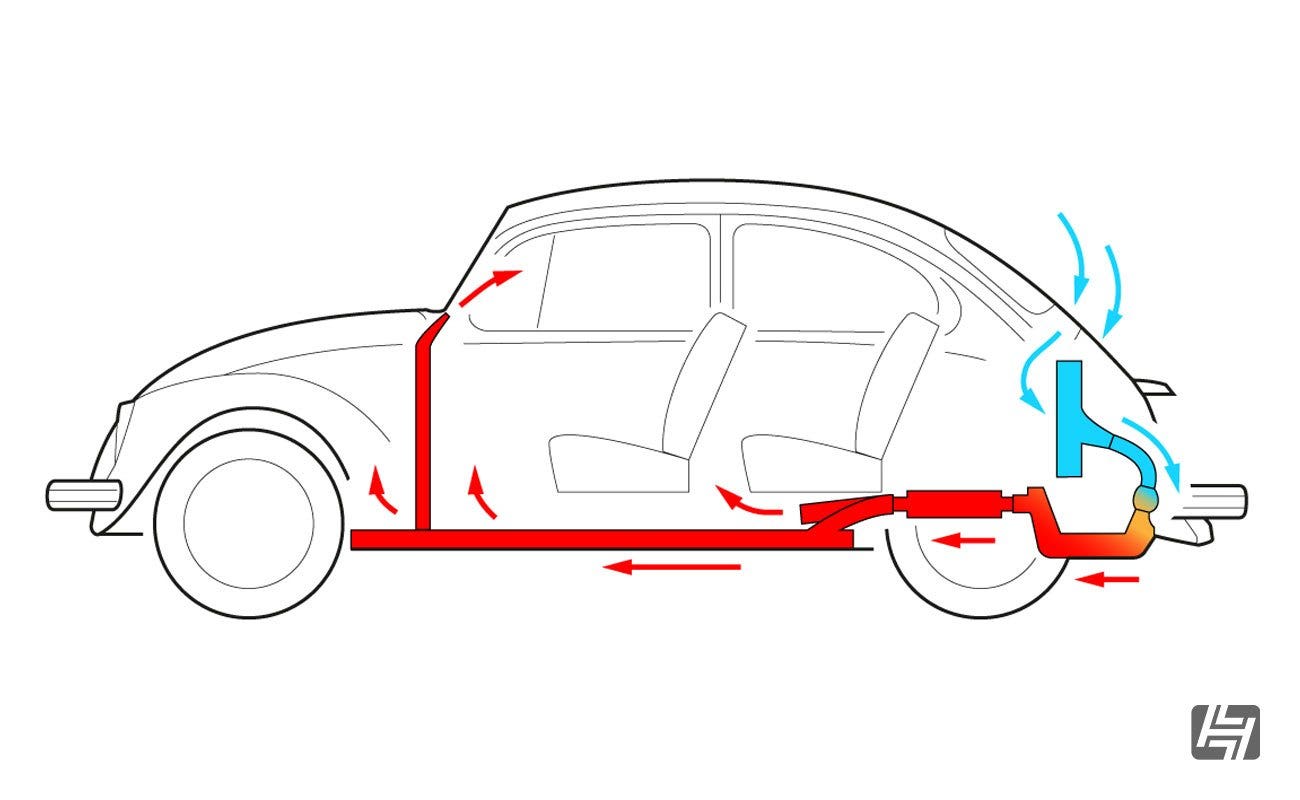

1. Heat Exchangers
On an air-cooled engine, air is sucked into the back of the fan housing and blown over the tops of the cylinder barrels and cylinder heads to help cool them. Early cars used what is called "dirty air" heating, where the engine cooling air is blown directly into the car for heating, after having passed over these parts. This could - in the event of oil or exhaust leaks from the motor - lead to some bad smells in the cabin and was subsequently changed to a new system, where the air for the heating was bled off before - in theory at least - going past anything oily. Air from the fan housing is blown, via the two corrugated flexible hoses on either side of the engine, into the heater pods and then into the heat exchangers. There is a pipe with fins cast over it, running through the heat exchanger, which exhaust gases pass through. These fins effectively heat the air inside the exchanger which then passes into the car.
Original VW heat exchangers are heavy things with lots of fins inside them. Over the years, some of the cheaper replacement items have been made with fewer fins, with a much-reduced surface area and consequently, they will give off less heat. This is another cause of gripes about the heating in these cars. There are also plenty of opportunities for warm air to escape if the heat exchangers are rusted out or holed, so check their condition and order new ones if they’re past their best. The end pipes on heat exchangers, where they attach to the silencer, will often be the first place to burn through. There is however a quick and easy repair for this problem, using a replacement stub of pipe.
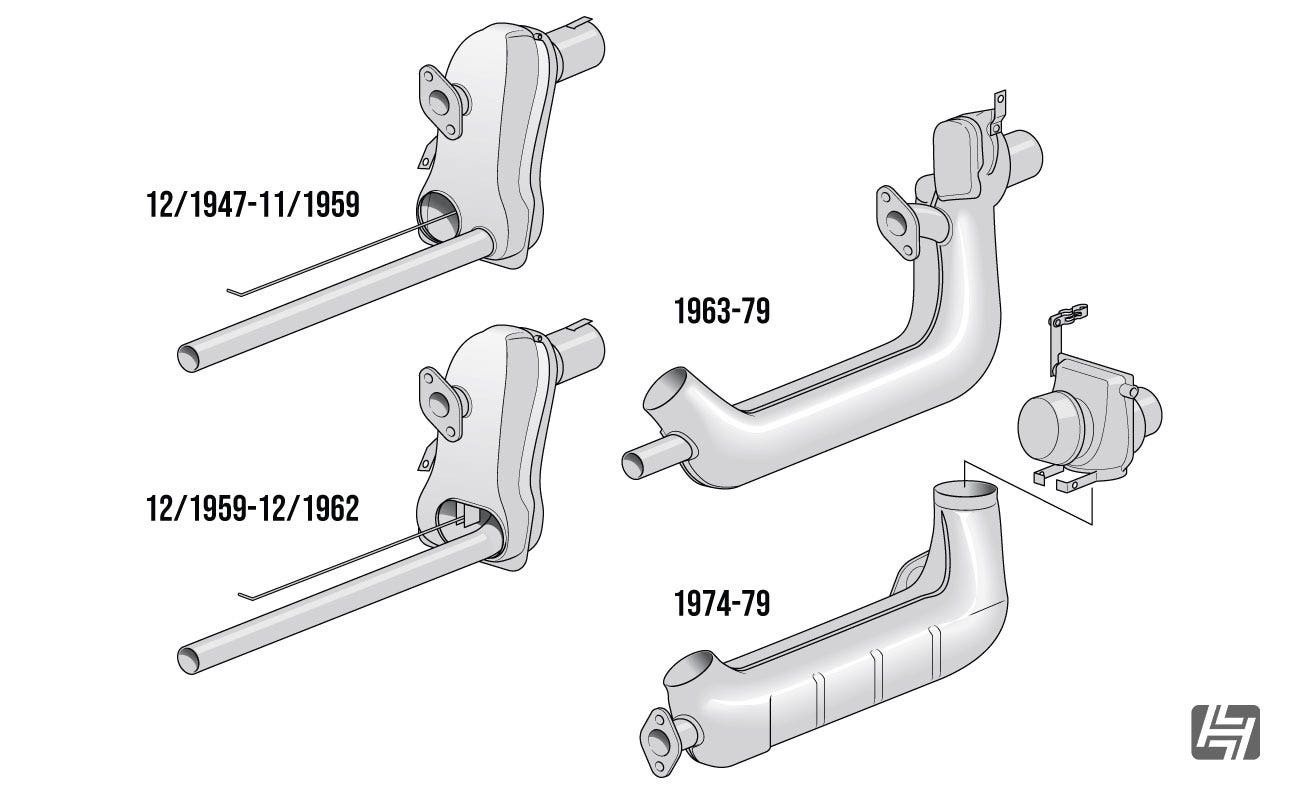

2. Heater Cables
The heater controls in the car operate a flap in the heat exchangers via cables, to give you hot air. The control flaps are spring loaded so if the control cable snaps or is disconnected they will stay shut preventing any hot air getting into the car. The cables are connected with some small clamp bolts and a swivel connector. The most common cause of the heaters not working is the cables not being connected to the heat exchangers and this usually happens when the engine has been removed for any reason and the cables not reconnected when the engine goes back in. Or someone getting the motor halfway out, having it balanced on the jack, realising that they forgot to undo the cables and then cutting them!
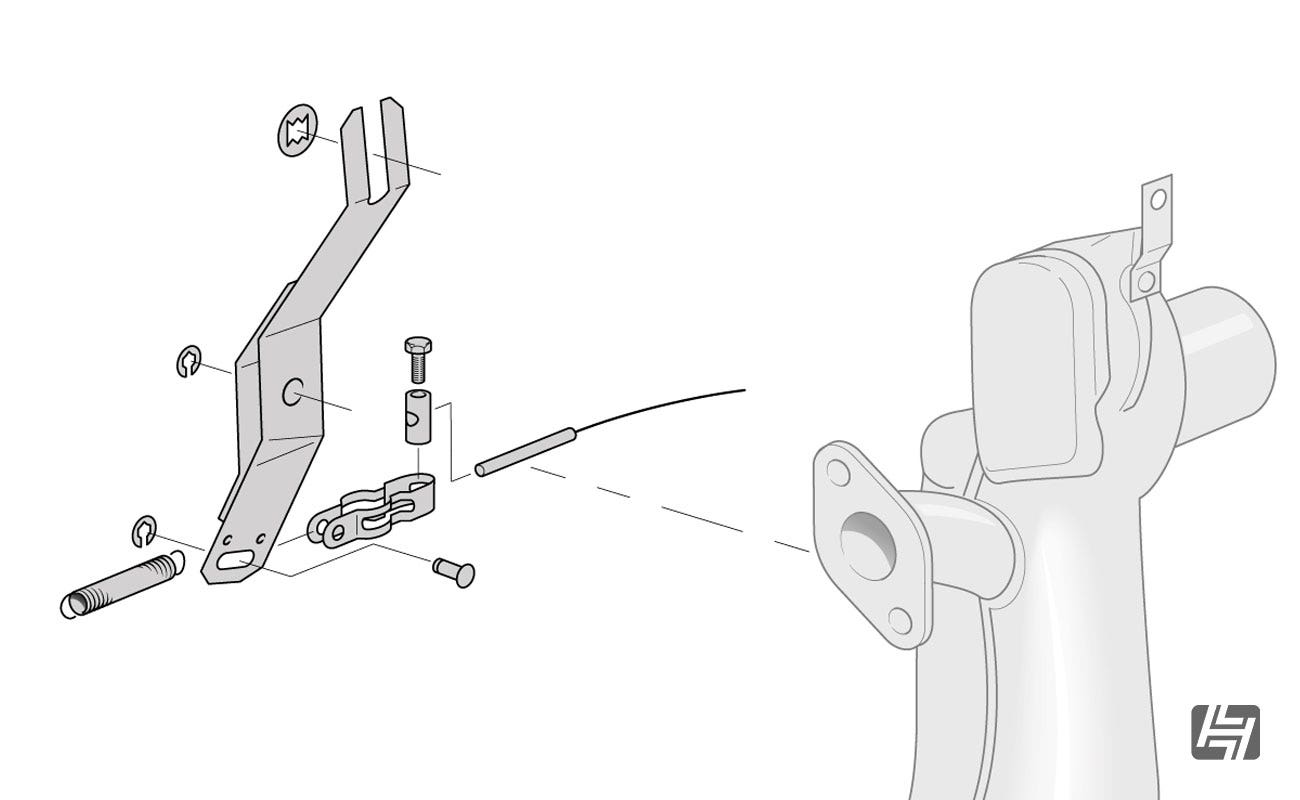

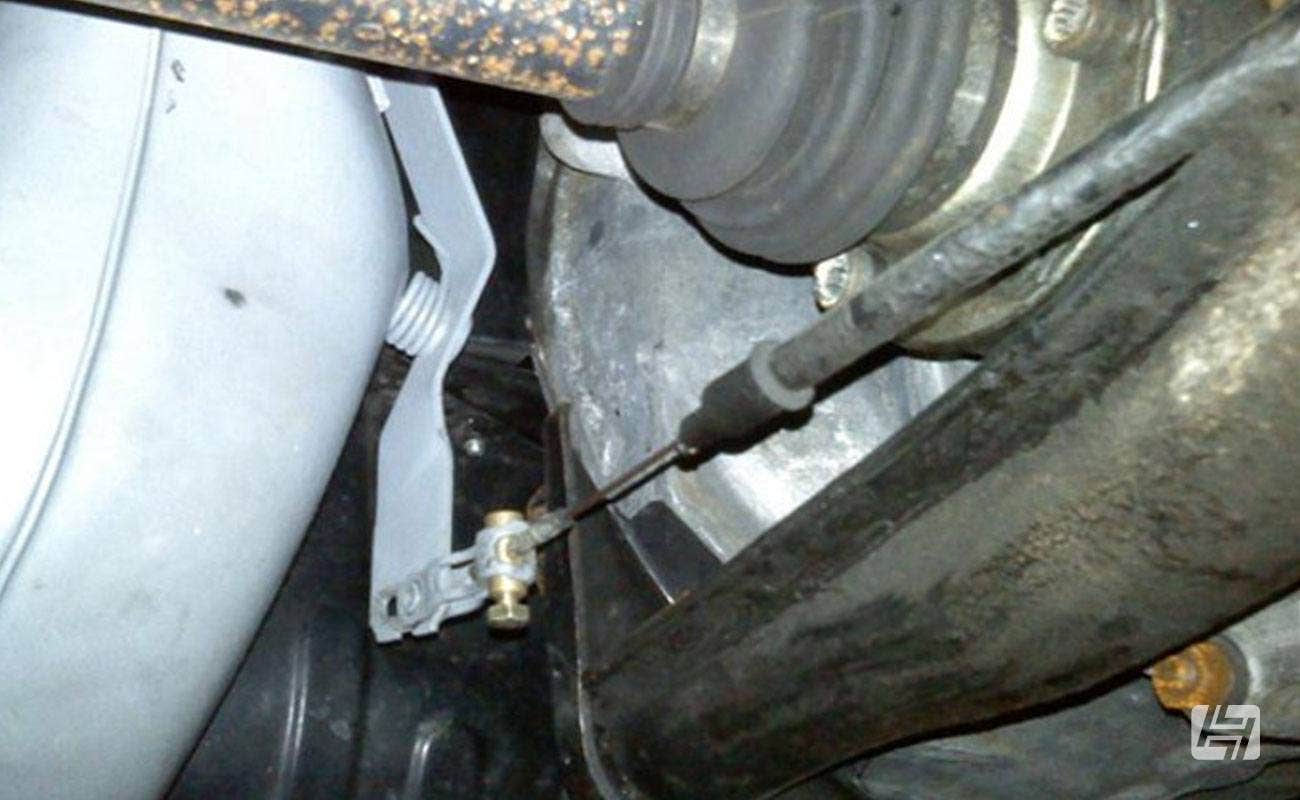

3. Fittings & Ducting
It’s amazing how much warm air can be lost if fittings are missing. We’re talking here about the various jubilee type clips that secure the air ducting. From the cardboard covered flexible heater hose to the fan housing and the metal collars that fix the sleeve that pushes into the bottom of this hose to the heater boxes on the exhaust. The clips can also be missing on the short section of flexible pipe that goes from the front of the heat exchanger into the car. There’s also a section of pipe that runs up the A-post to provide hot air to the screen vent on a Beetle, so make sure these are all in place as well.
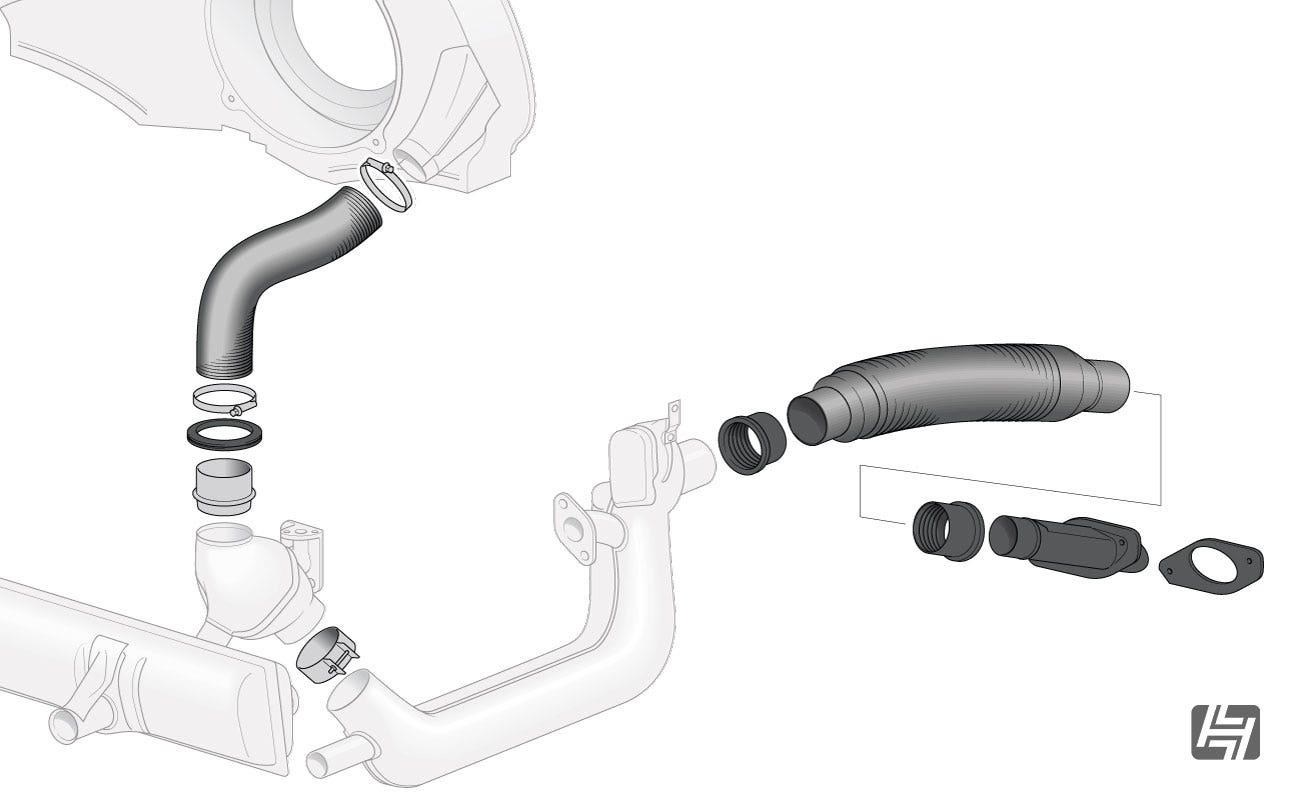

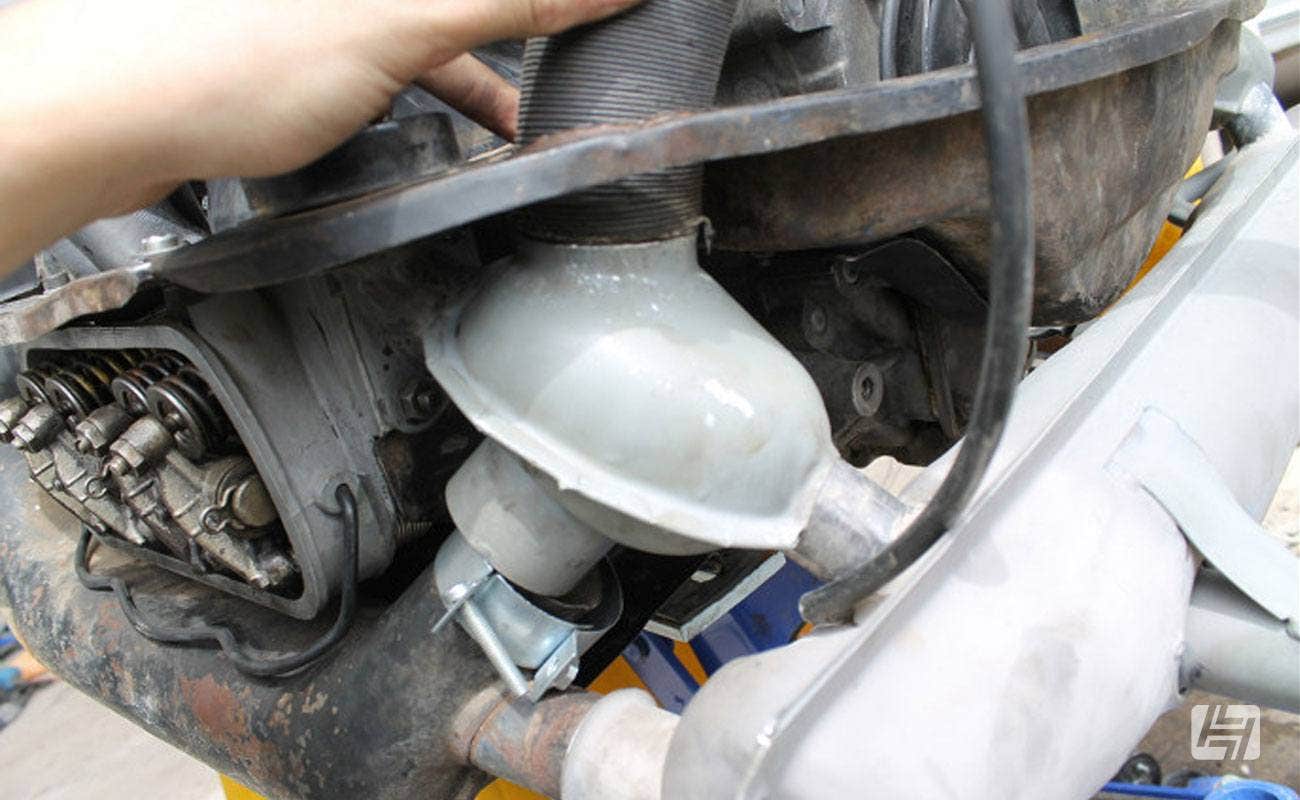

4. Heater Channels
Once hot air exits the heat exchangers it passes through another piece of flexible pipework which takes it into the car’s heater channels each side. Now, we all know on a rusty car these can be the first things to go – and when they do, so will all your nice cosy warm air. The only solution is to fit replacements or weld up any holes. More often than not you will find the flexible pipes are connected to the heat exchangers correctly but without the seals in the ends causing air leaks and lack of heat.
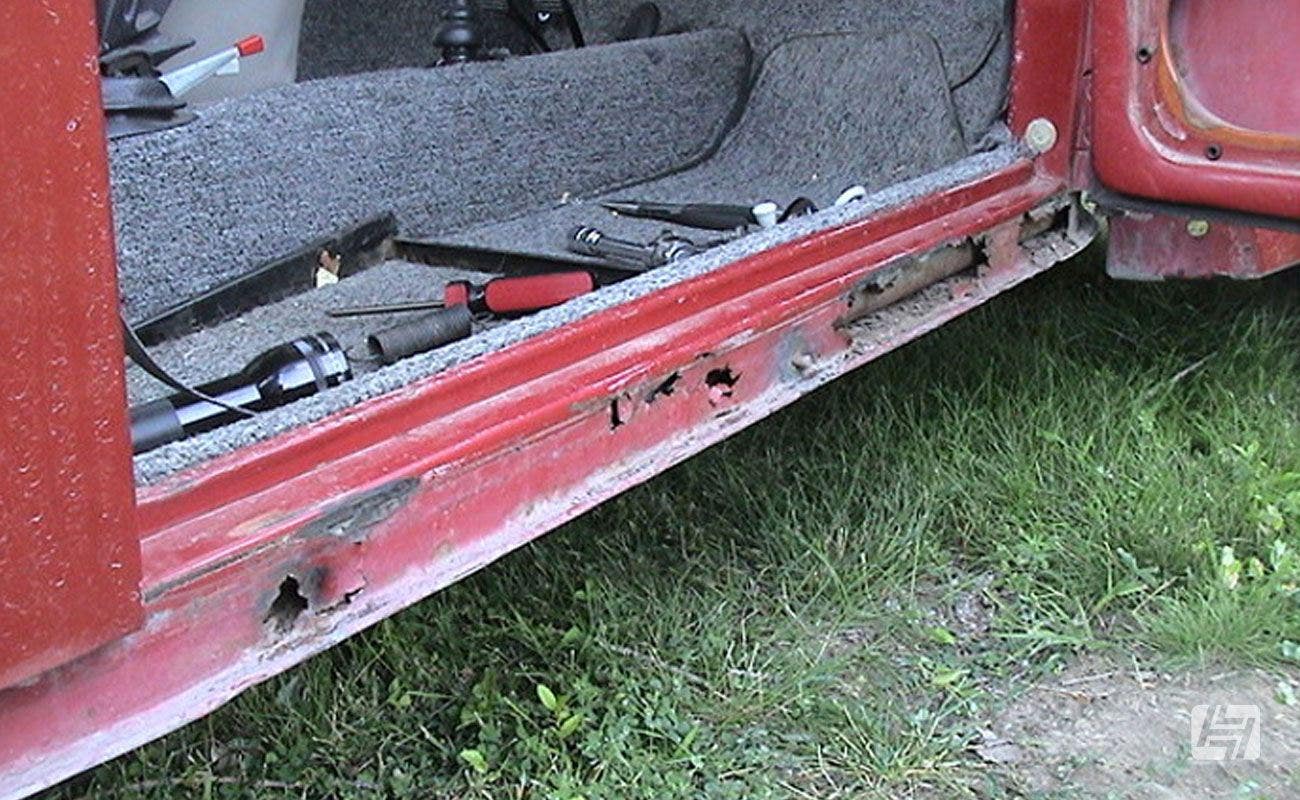

5. Leaking Exhaust
Thanks to the interconnected nature of the heating and exhaust systems in these cars, if you smell smoke, or your eyes are stinging, then the chances are that your exhaust has holed and fumes are getting drawn into your heater system. The effect will be even worse if the rocker cover gasket has allowed oil to seep out over the top of the heat exchanger. Thankfully, a new gasket only costs pennies and a can of brake cleaner should make short work of any residual oil. There have been quite a few different silencers fitted to the Beetle over the years, so be sure you get the correct one for your motor - and be aware that you car may well not have it's original motor any more.
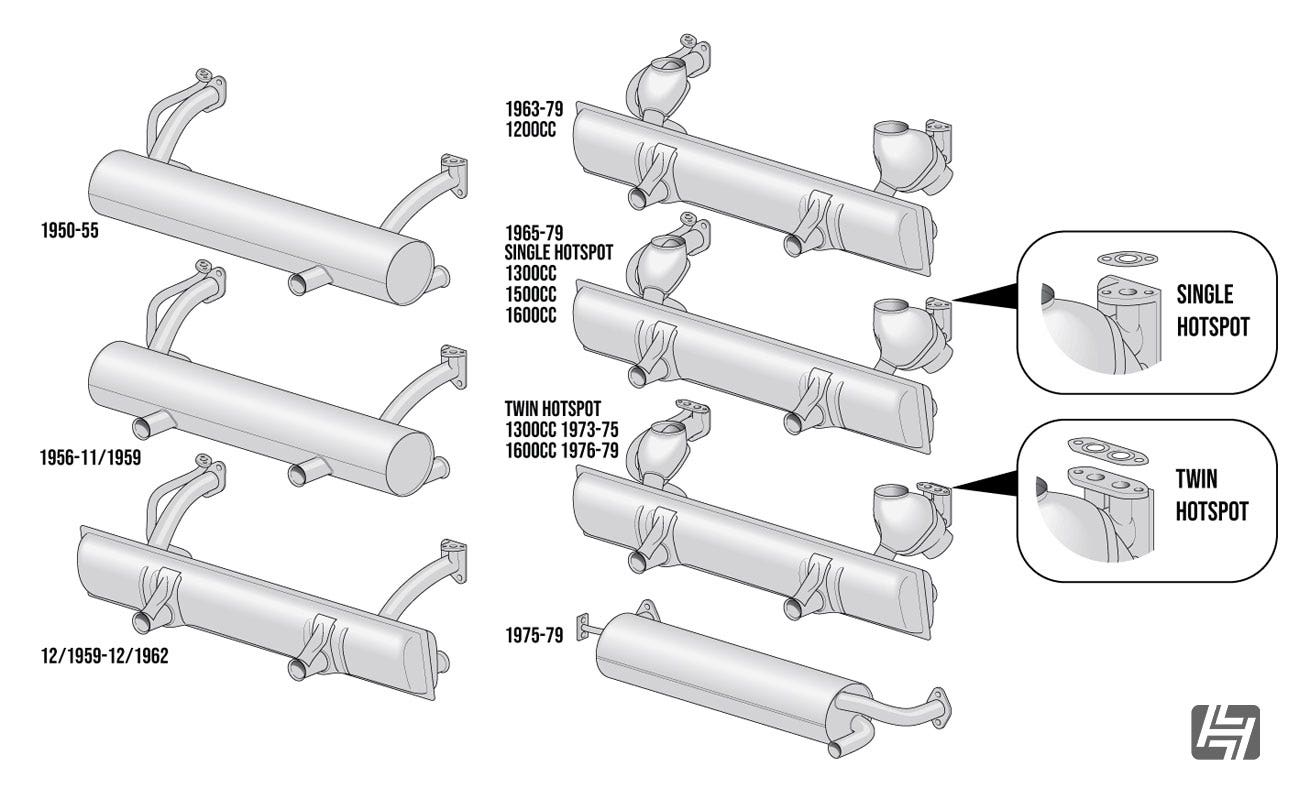

Hopefully you'll now have a better overview of your VWs heating system. It's not the most complicated thing, but there are quite a lot of potential issues that can stop it from working at its best. Nothing to be afraid of though and the good news is that it's all easily repairable with basic tools.
Text Ian/James D




 Beetle
Beetle
 Karmann Ghia
Karmann Ghia
 Type 2 Split
Type 2 Split
 Type 2 Bay
Type 2 Bay
 Type 25
Type 25
 Transporter T5
Transporter T5
 Golf Mk1
Golf Mk1
 Golf Mk2
Golf Mk2


 911
911
 996
996
 997
997
 986 Boxster
986 Boxster
 987 Boxster
987 Boxster
 912
912
 944
944
 924
924






